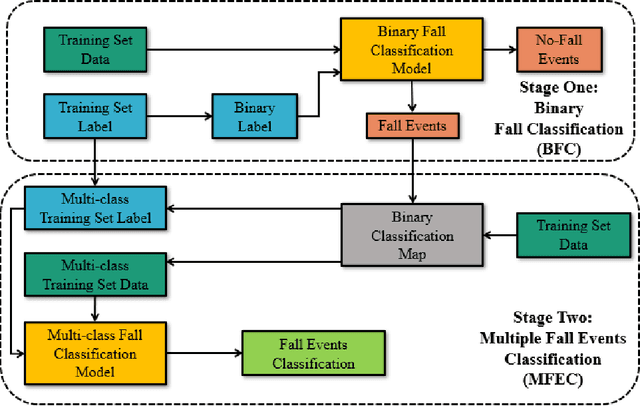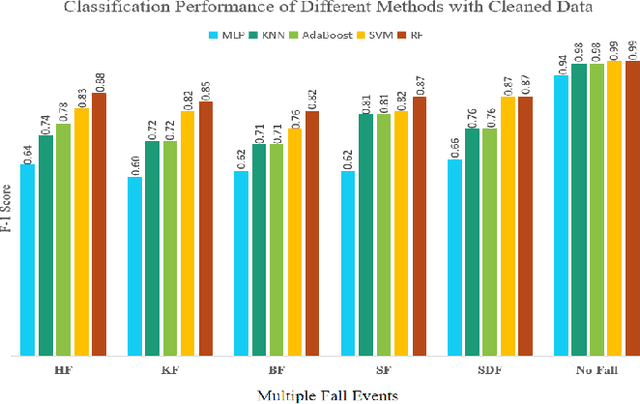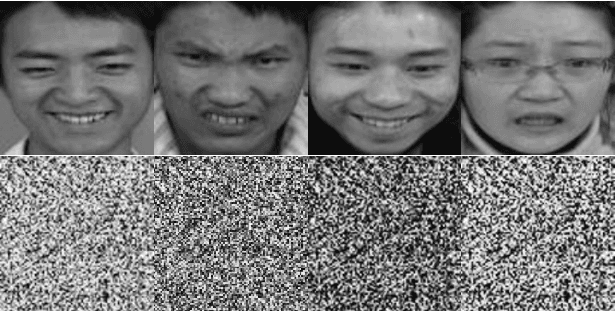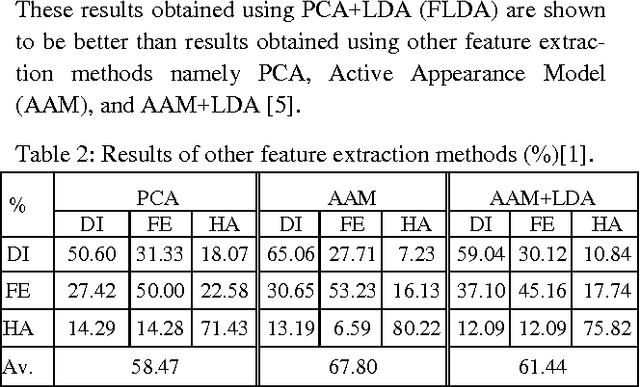Jonathon A. Chambers
Fair Resource Allocation For Hierarchical Federated Edge Learning in Space-Air-Ground Integrated Networks via Deep Reinforcement Learning with Hybrid Control
Aug 05, 2024



Abstract:The space-air-ground integrated network (SAGIN) has become a crucial research direction in future wireless communications due to its ubiquitous coverage, rapid and flexible deployment, and multi-layer cooperation capabilities. However, integrating hierarchical federated learning (HFL) with edge computing and SAGINs remains a complex open issue to be resolved. This paper proposes a novel framework for applying HFL in SAGINs, utilizing aerial platforms and low Earth orbit (LEO) satellites as edge servers and cloud servers, respectively, to provide multi-layer aggregation capabilities for HFL. The proposed system also considers the presence of inter-satellite links (ISLs), enabling satellites to exchange federated learning models with each other. Furthermore, we consider multiple different computational tasks that need to be completed within a limited satellite service time. To maximize the convergence performance of all tasks while ensuring fairness, we propose the use of the distributional soft-actor-critic (DSAC) algorithm to optimize resource allocation in the SAGIN and aggregation weights in HFL. Moreover, we address the efficiency issue of hybrid action spaces in deep reinforcement learning (DRL) through a decoupling and recoupling approach, and design a new dynamic adjusting reward function to ensure fairness among multiple tasks in federated learning. Simulation results demonstrate the superiority of our proposed algorithm, consistently outperforming baseline approaches and offering a promising solution for addressing highly complex optimization problems in SAGINs.
Two-stage Fall Events Classification with Human Skeleton Data
Aug 25, 2022



Abstract:Fall detection and classification become an imper- ative problem for healthcare applications particularity with the increasingly ageing population. Currently, most of the fall clas- sification algorithms provide binary fall or no-fall classification. For better healthcare, it is thus not enough to do binary fall classification but to extend it to multiple fall events classification. In this work, we utilize the privacy mitigating human skeleton data for multiple fall events classification. The skeleton features are extracted from the original RGB images to not only mitigate the personal privacy, but also to reduce the impact of the dynamic illuminations. The proposed fall events classification method is divided into two stages. In the first stage, the model is trained to achieve the binary classification to filter out the no-fall events. Then, in the second stage, the deep neural network (DNN) model is trained to further classify the five types of fall events. In order to confirm the efficiency of the proposed method, the experiments on the UP-Fall dataset outperform the state-of-the-art.
Spontaneous expression classification in the encrypted domain
Mar 14, 2014

Abstract:To date, most facial expression analysis have been based on posed image databases and is carried out without being able to protect the identity of the subjects whose expressions are being recognised. In this paper, we propose and implement a system for classifying facial expressions of images in the encrypted domain based on a Paillier cryptosystem implementation of Fisher Linear Discriminant Analysis and k-nearest neighbour (FLDA + kNN). We present results of experiments carried out on a recently developed natural visible and infrared facial expression (NVIE) database of spontaneous images. To the best of our knowledge, this is the first system that will allow the recog-nition of encrypted spontaneous facial expressions by a remote server on behalf of a client.
 Add to Chrome
Add to Chrome Add to Firefox
Add to Firefox Add to Edge
Add to Edge